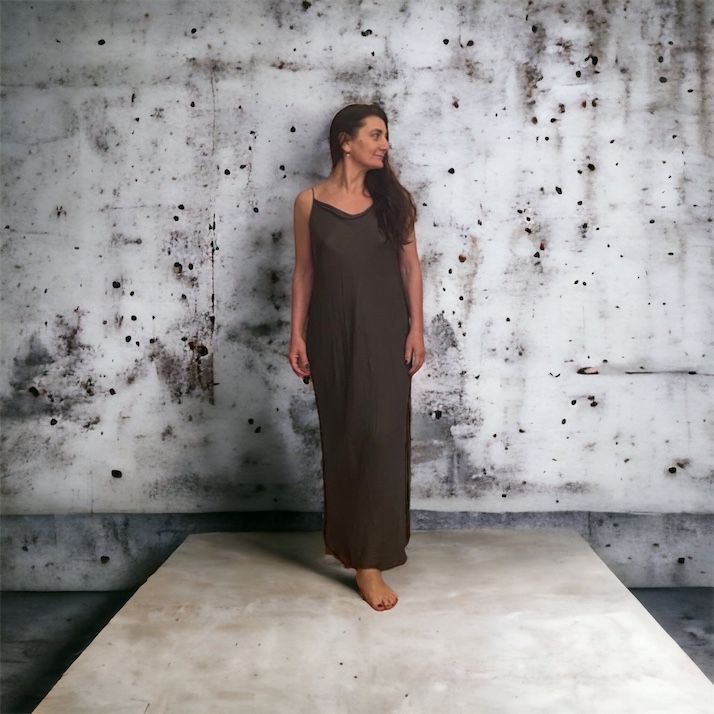The elephant in the room
Overproduction & why the fashion system ignores it
The elephant in the room is a bulky presence that fills every physical space. A dominant companion whose effect we can see in every corner of the planet. The thing is, everyone ignores it, hides it, or pretends not to see it.
But can the fashion industry make change without addressing its elephant in the room?
Fashion industry: what is the elephant in the room?
It’s overproduction! An enormous, visible, tangible and destructive elephant. Is the industry aware of it? Fashion insiders, CEOs, fashion designers? And the group of all the new “sustainable labels”? And what about those who promote corporate change? Of course, they are aware. But they still put profit first, not the planet. Even new companies born to spread sustainable messages do not renounce the overproduction/overconsumption pattern. In fact, some deemed changing that system would be too radical, and bosses wouldn’t accept it.
But is it plausible to talk about sustainability regardless of overproduction? No! Of course, not!
To make it more clear: can brands overproducing goods be sustainable? No, they can’t! It seems obvious!
So, why does every single brand involved in this overproduction system promote its sustainable practices? Marketing is the answer: the purpose is, selling more, feeding the system and their pockets.
And marketing takes the shape of greenwashing or social washing in order to show a clean face engaging with people.
Specifically, are top brands and new green companies bringing real innovation? Are they doing the right thing with their sustainable marketing strategies? No, they simply found a new way, an updated way, to make money!
And so, in the end, it all boils down to this point: can the fashion industry attempt to make a change without addressing the elephant in the room? No! Of course, not! Indeed, the industry is far from changing for the better.
The elephant in the room Read More »
